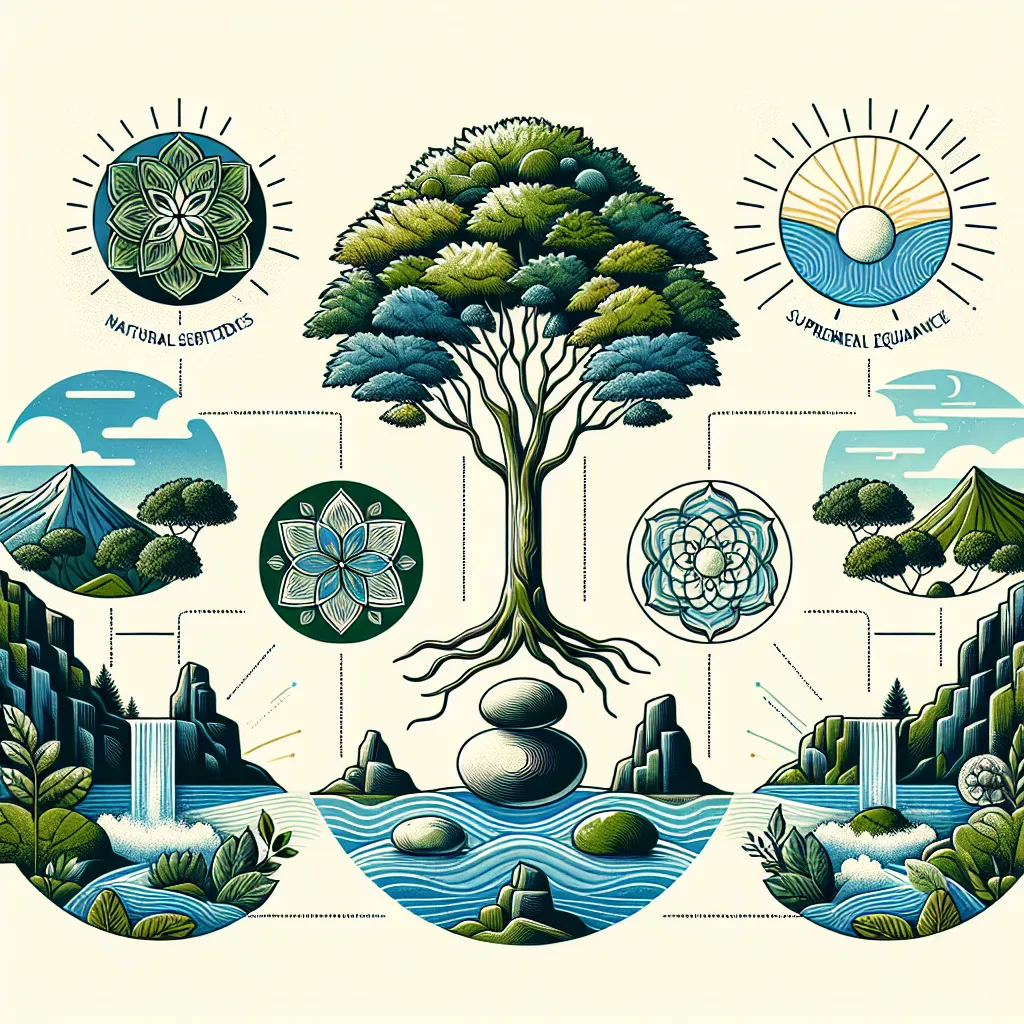The art of achieving mental equilibrium involves balancing the mind's machinations with the heart's emotions. It isn't merely about quieting the mind, but finding a harmonious blend of cognitive and emotional resilience. Nature, with its inherent balance and rhythm, provides us with the resources to achieve this state.
Mindful Breathing
The first steps towards achieving mental equilibrium often start with the breath. Mindful breathing exercises, rooted in centuries-old practices, can help regulate our emotions and maintain a calm mind. This simple yet powerful technique involves focusing on your breath, observing each inhale and exhale, and allowing your mind to declutter. It's a free, effective, and accessible tool that you can use anytime, anywhere.
Aromatherapy
The power of scent is another natural strategy that can help restore your mental equilibrium. Aromatherapy uses essential oils derived from plants, flowers, and herbs, evoking certain emotions and promoting relaxation. Lavender, for instance, is known for its calming properties, while citrus scents like lemon or orange can uplift and invigorate the mind.
Nature Immersion
Nature immersion, or spending time within nature, can have profound effects on mental equilibrium. Research suggests that activities such as walking in a forest or park can reduce stress, increase focus, and promote a sense of tranquillity. Even if you live in a city, finding green spaces or creating your own indoor garden can provide similar benefits.
Herbal Elixirs
Herbal elixirs, made from herbs like chamomile, valerian root, or passionflower, can offer a natural and effective way to manage stress and anxiety. These herbs have been used for centuries in traditional medicine and are known for their calming properties. Before using any herbal remedy, it's important to consult with a healthcare professional to ensure it's safe for you.
Yoga and Meditation
Yoga and meditation are two intertwined practices that can help achieve mental equilibrium. Yoga, with its combination of physical postures, breathing techniques, and meditation, can help reduce stress, improve concentration, and promote a sense of inner peace. Meditation, on the other hand, can help us to cultivate mindfulness and presence, further enhancing our mental balance.
Conclusion
Achieving mental equilibrium is a journey that requires patience, practice, and commitment. These five elite natural strategies provide a starting point, offering accessible and effective ways to attain a state of supreme mental balance. As you incorporate these practices into your daily routine, remember that the path to mental equilibrium is not a straight line, but a journey of self-discovery, self-care, and self-love.



